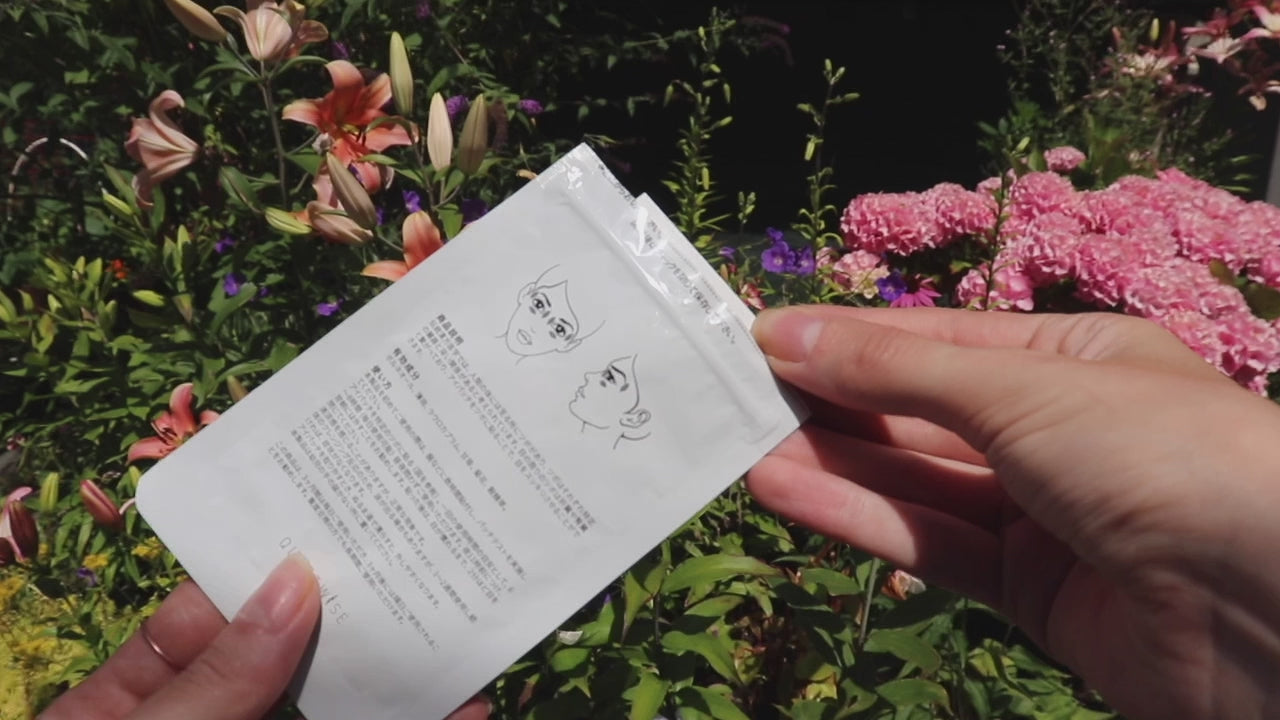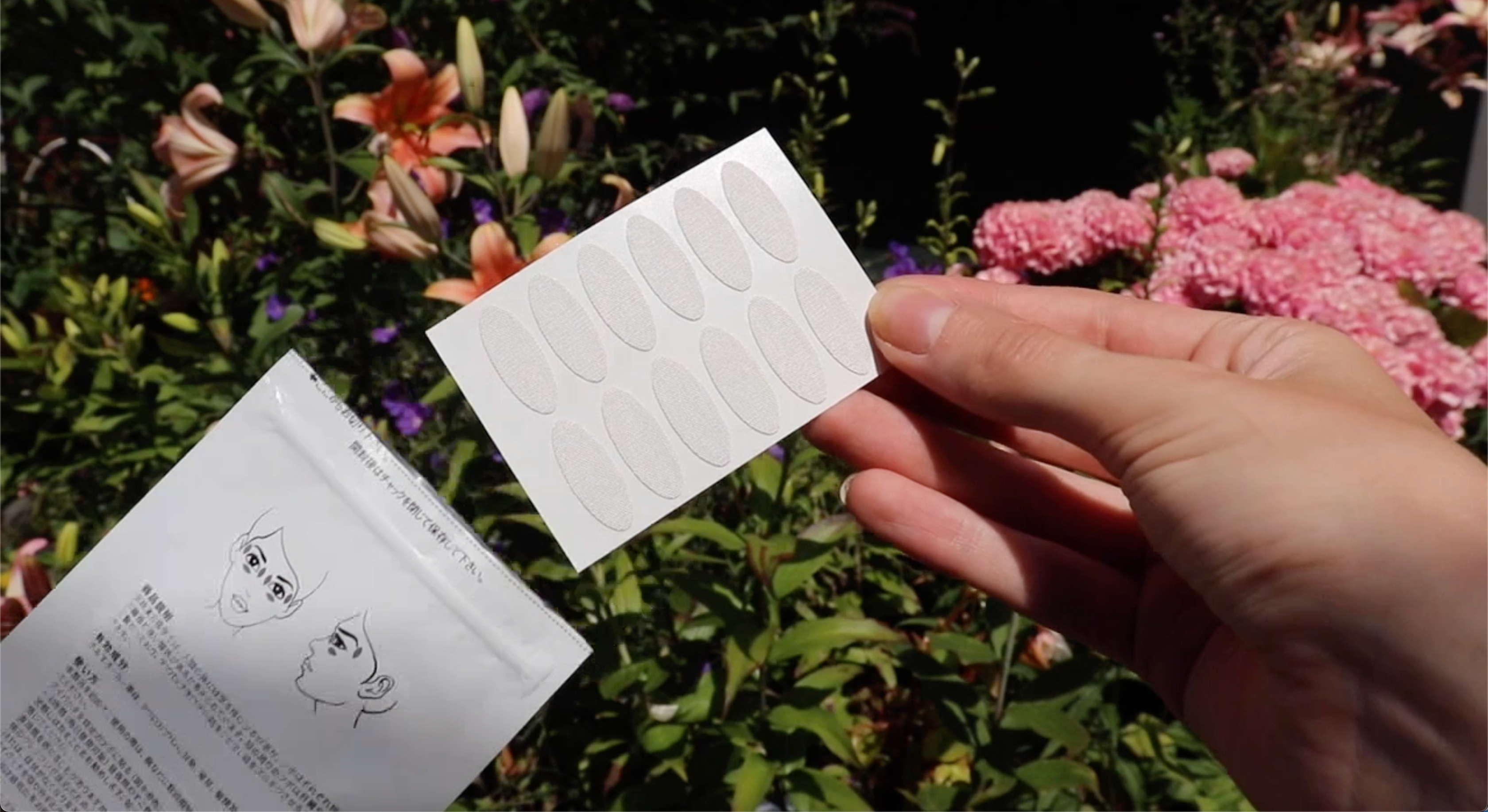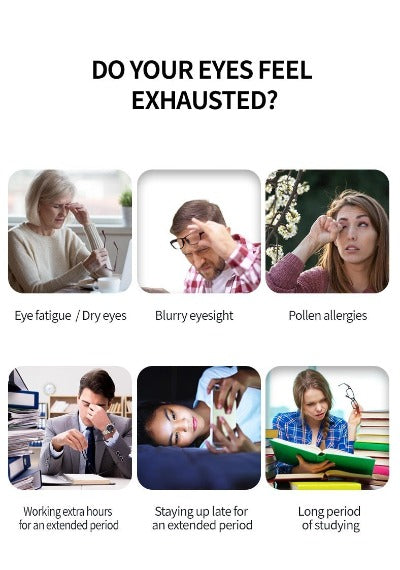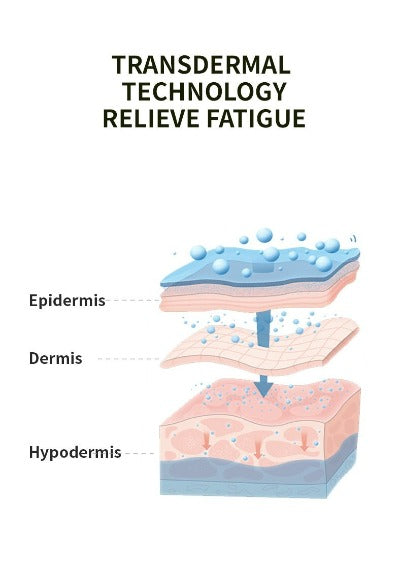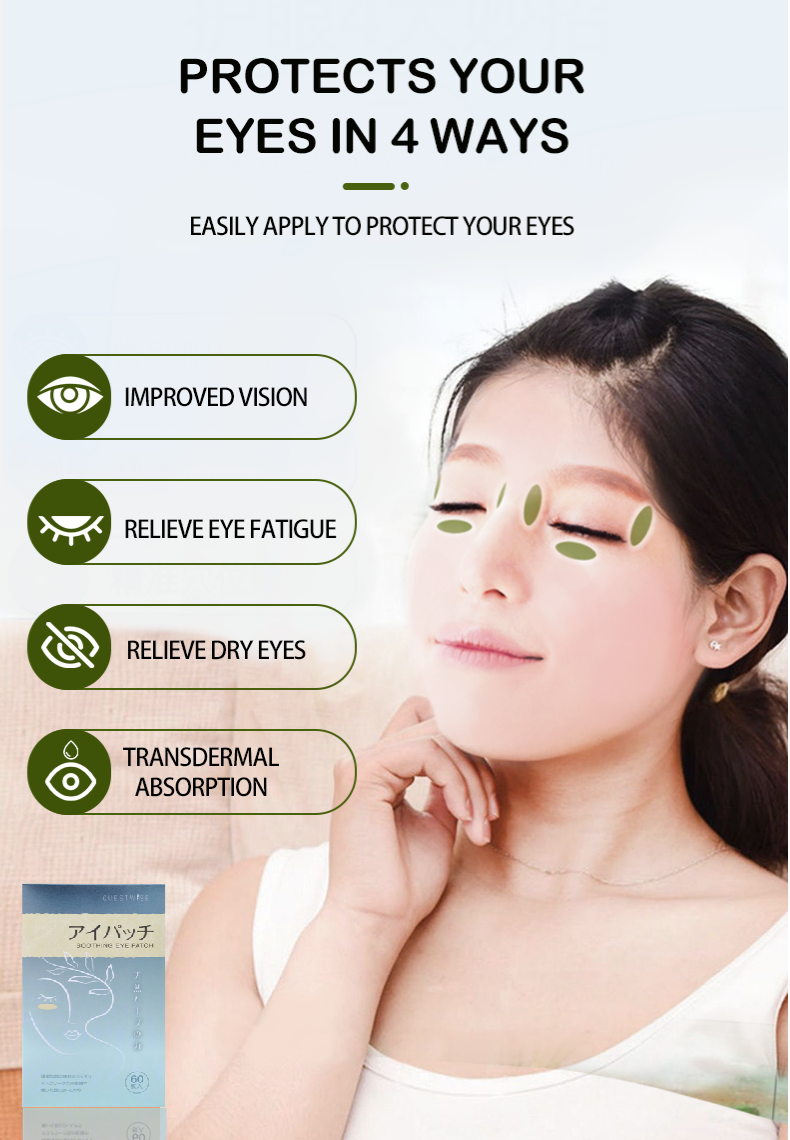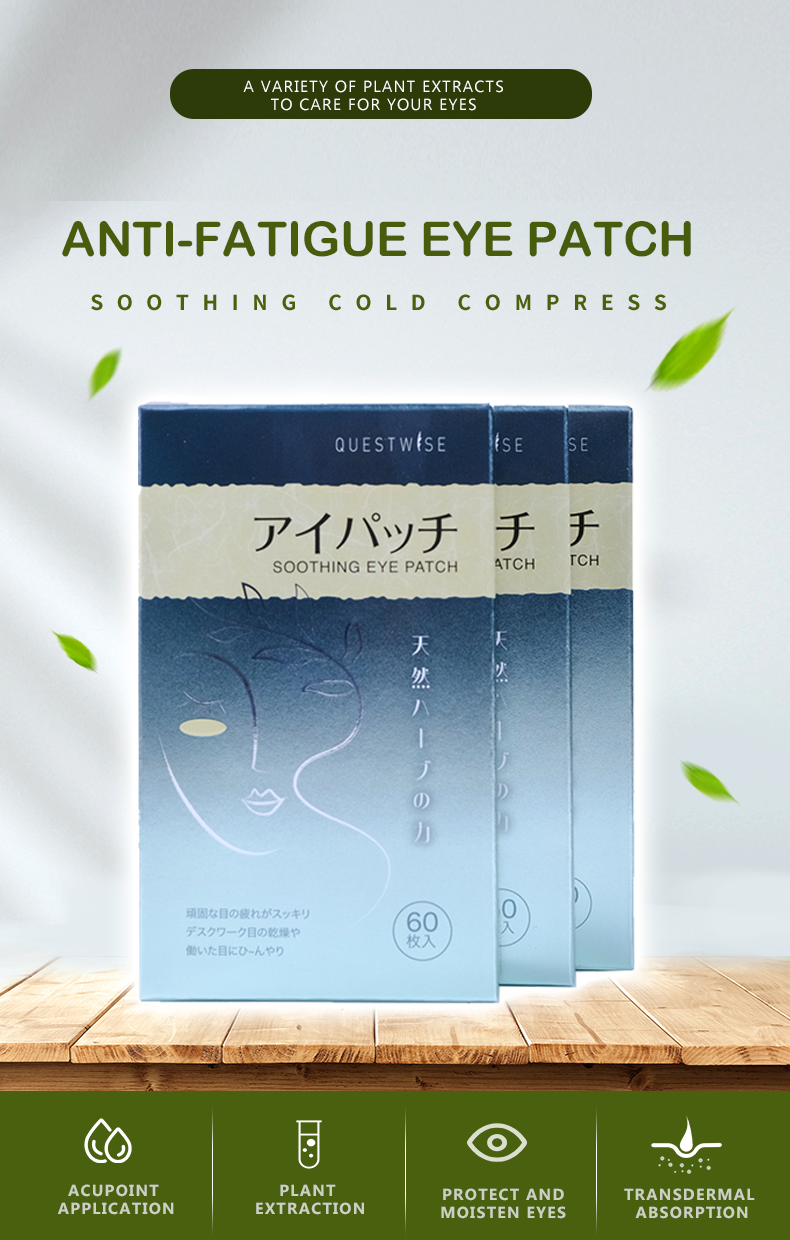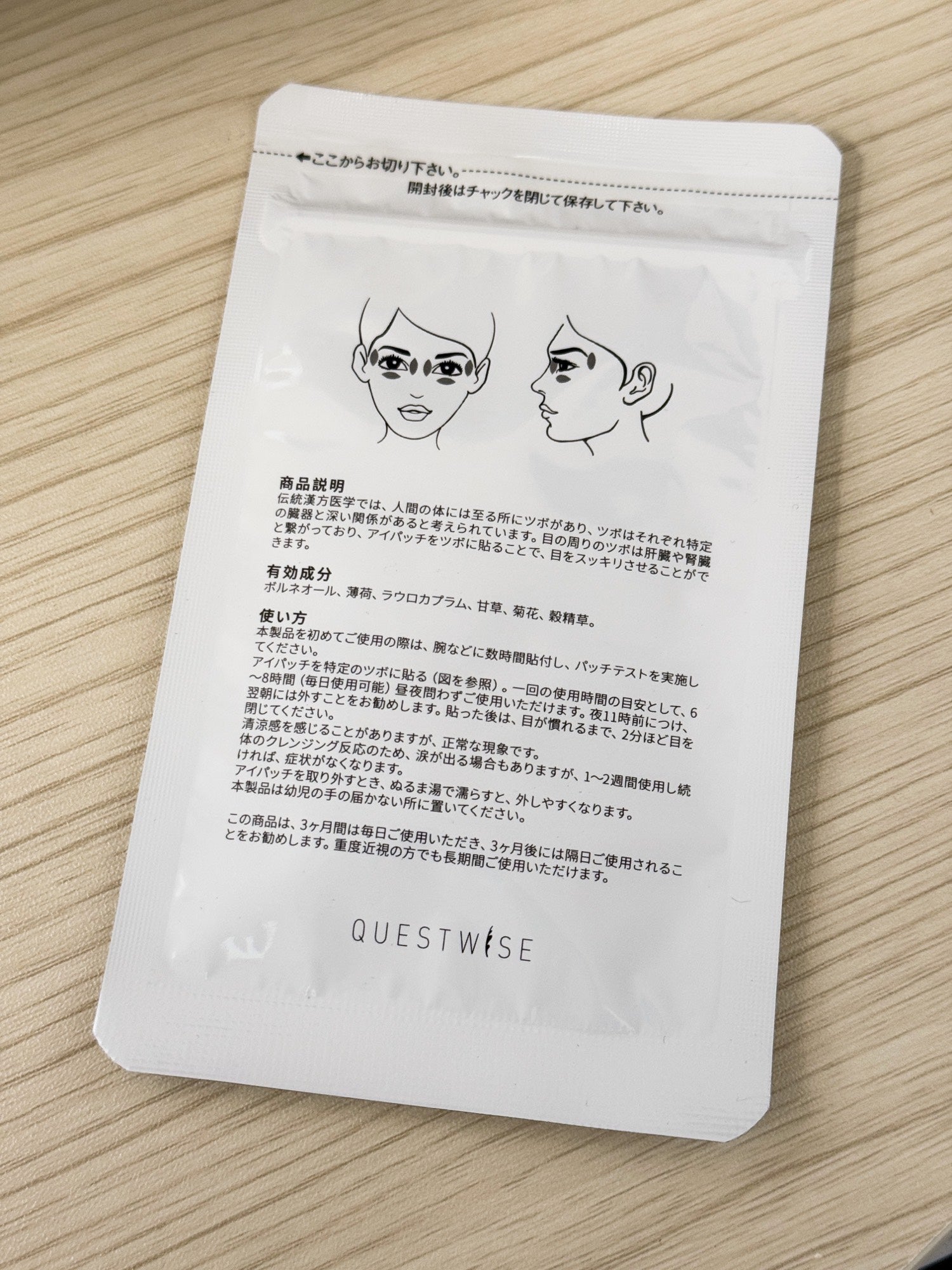In today's world, our phones are more than just communication devices; they are our maps, our wallets, our entertainment centers, and our social hubs. For many of us, the phrase "a few minutes on my phone" has become a few hours, or even half a day. We scroll, we tap, we swipe, often without thinking about the very real impact this constant digital engagement has on our bodies. And nowhere is that impact more pronounced than on our eyes.
If you've ever felt a headache coming on after a long session on your phone, or if your eyes feel gritty, dry, and tired at the end of the day, you're not alone. What you're experiencing is often a symptom of digital eye strain, a modern-day epidemic affecting millions. But is it just a temporary nuisance, or is something more serious happening? The growing body of research suggests that spending more than three hours a day on a digital screen, particularly a small one like a smartphone, may be doing more than just making your eyes feel tired. It could be causing long-term, cumulative damage.
This article will delve into the science behind this phenomenon, explaining exactly why our phones are so hard on our eyes and, more importantly, what we can do about it. It’s not about giving up our technology, but about learning how to use it safely and sustainably for a lifetime of healthy vision.
The Anatomy of Digital Eye Strain: Why Your Eyes Are Overworked
Before we get to the potential long-term damage, let's understand the immediate discomfort. Digital eye strain, sometimes called Computer Vision Syndrome, is a collection of eye and vision-related problems that result from prolonged use of computers, tablets, e-readers, and cell phones. The symptoms can vary from person to person but commonly include:
-
Dry, Itchy, or Burning Eyes: This is often the first symptom people notice.
-
Blurred Vision: Your vision may become temporarily blurry after staring at a screen.
-
Headaches: Often felt in the front of the head or around the eyes.
-
Neck and Shoulder Pain: This isn't directly an eye symptom, but it's a common side effect of poor posture adopted while using a phone.
-
Light Sensitivity: Eyes may feel overly sensitive to bright lights.
These symptoms are not random. They are the direct result of several physiological responses your body has to digital screen use. Your eyes and brain are working overtime to process the information from a small, bright screen, and this constant strain takes a toll.
The Scientific Trio: What’s Actually Happening to Your Eyes?
The harm caused by excessive screen time isn't due to a single factor. It's a combination of three key elements that, together, create a perfect storm for eye discomfort and potential damage.
1. The Blink Rate Collapse
Think about how often you blink. A typical person blinks about 15 to 18 times per minute. Blinking is essential; it's how your eyes spread a fresh coat of tears across the surface, keeping them lubricated, clean, and healthy.
However, when we're engrossed in something on our phones—reading an article, watching a video, or playing a game—our blink rate can plummet by as much as 60-70%. It's an involuntary response to intense focus. This dramatic reduction in blinking means that the protective tear film on our eyes starts to evaporate too quickly. The result? That familiar, uncomfortable feeling of dry eye, which can lead to a gritty sensation, redness, and irritation. Over time, chronic dry eye can even lead to corneal damage if left unaddressed.
2. The Blue Light Bombardment
All screens emit a spectrum of light, but they are particularly high in high-energy visible (HEV) blue light. This specific wavelength of light is beneficial in daylight hours as it helps regulate our circadian rhythm, but a constant barrage of it—especially at night—is problematic.
Unlike other wavelengths of light, blue light penetrates all the way to the retina, the light-sensitive tissue at the back of the eye. While the long-term effects are still under investigation, some laboratory studies and research suggest that excessive blue light exposure may be linked to a heightened risk of retinal damage and could contribute to the development of age-related macular degeneration (AMD) later in life. Furthermore, blue light tricks your brain into thinking it's still daytime, suppressing the production of melatonin, the sleep hormone. This can disrupt your sleep cycle, leading to insomnia and poor sleep quality, which in turn can exacerbate eye strain and fatigue.
3. The Accommodative System Overload
The ability of your eyes to focus on objects at different distances is called accommodation. When you look at your phone, the tiny muscles inside your eyes, known as ciliary muscles, have to constantly contract to keep the image in sharp focus.
Imagine holding a heavy weight with your bicep. If you hold it for a few seconds, it's fine. If you hold it for hours, your muscle will become fatigued and sore. This is what's happening to the focusing muscles in your eyes. Because the text and images on a small phone screen are so close and often small, these muscles are held in a state of constant, intense contraction. Over a long period, this can lead to accommodative spasm, where the muscles "lock up" and struggle to relax. This is a common reason for the blurred vision and headaches that follow extended phone use.
Beyond Discomfort: Potential Long-Term Consequences
While digital eye strain is a temporary condition that often resolves with rest, the persistent use of screens, especially in our formative years, has led to a more concerning trend.
The Myopia Epidemic: Nearsightedness, or myopia, has become increasingly common worldwide. While genetics play a role, a significant body of research points to environmental factors, specifically prolonged close-up work. A 2018 study in the journal Ophthalmology found a clear link between increased screen time and the development and progression of myopia in children and adolescents. The constant strain of focusing on nearby screens may cause the eyeball to elongate, leading to a permanent change in vision. For today's adults who started using screens at a young age, this is a very real concern.
Retinal Health Concerns: As mentioned with blue light, the potential long-term damage to the retina is a topic of ongoing research. While the jury is still out on a definitive causal link between digital blue light and chronic retinal disease, the precautionary principle applies. Protecting your eyes from excessive exposure now is a wise move, especially given the clear evidence that blue light affects your sleep and eye comfort.
Proactive Steps: How to Use Your Phone Without Damaging Your Eyes
The good news is that we don't have to give up our phones. By being mindful and proactive, we can significantly reduce the risk and severity of digital eye strain and protect our long-term vision.
-
Embrace the 20-20-20 Rule: This is the most effective and simplest rule to follow. Every 20 minutes, look at something 20 feet away for at least 20 seconds. This simple action gives your ciliary muscles a much-needed break and allows your blink rate to return to normal. Consider setting a timer on your phone to remind you.
-
Optimize Your Device Settings:
-
Adjust Brightness: Match your screen's brightness to the ambient light in the room. A screen that is too bright or too dim will cause strain.
-
Increase Text Size: Make the font size larger to avoid squinting and reduce the effort required to read.
-
Use a Blue Light Filter: Most smartphones now have a built-in "Night Shift" or "Reading Mode" that reduces blue light emission, especially in the evening. This is a crucial step for protecting your sleep and eyes.
-
-
Perfect Your Posture:
-
Maintain Distance: Hold your phone at least 16 to 18 inches away from your face.
-
Look Downward: Your eyes are more comfortable when looking slightly downward. Hold your phone below eye level to reduce strain.
-
Sit Up Straight: Good posture when using your phone or computer can prevent neck and shoulder pain.
-
-
Prioritize Your Eye Health:
-
Hydration is Key: Drink plenty of water throughout the day. Dehydration can exacerbate dry eye symptoms.
-
Use Lubricating Eye Drops: If you experience frequent dry eye, over-the-counter lubricating eye drops can provide relief. Look for preservative-free options if you use them often.
-
Get Regular Eye Exams: An eye care professional can detect vision changes and recommend personalized solutions, such as prescription computer glasses or specialized lenses.
-
5 Q&A for Users with Eye Discomfort
1. Q: What are the primary symptoms of digital eye strain I should watch out for? A: The most common symptoms are eye fatigue, dryness, and a gritty or sandy feeling. You might also experience blurred vision, headaches, and increased sensitivity to light. If you notice these symptoms appearing after you've been on a screen for a while and they go away when you rest your eyes, it's very likely digital eye strain.
2. Q: Do blue light-blocking glasses actually work? Are they worth buying? A: Blue light-blocking glasses can be effective for some people. While research on their long-term benefits for retinal health is still ongoing, they are proven to reduce eye strain and can help improve sleep quality, especially if you use screens at night. They work by filtering out a portion of the blue light spectrum, which can make a noticeable difference in comfort for many users. If you're struggling with eye strain or sleep issues related to screen time, they might be a worthwhile investment.
3. Q: Is this just a problem with phones, or do computers and tablets have the same effect? A: Any digital screen—be it a phone, tablet, computer, or TV—can cause digital eye strain. The symptoms are often worse with phones because of their small size, which forces your eyes to work harder to focus, and because we tend to hold them closer and for longer, uninterrupted periods. The issues related to reduced blinking and blue light apply to all screens, but the focusing strain is most acute with small devices.
4. Q: I already have dry eyes. What can I do besides the 20-20-20 rule to get relief? A: Beyond the 20-20-20 rule, there are several things you can do. The most direct relief comes from using lubricating eye drops, especially preservative-free versions, which you can use as often as needed. You can also try a warm compress on your eyes to help stimulate tear production. Finally, consider your environment: a humidifier can add moisture to the air, and avoiding direct airflow from fans or air conditioners can prevent tear evaporation.
5. Q: Is this a problem for children and teenagers too? A: Yes, in fact, it is a very serious and growing concern for children and teenagers. Their eyes are still developing, and excessive near-work on screens has been strongly linked to the progression of myopia (nearsightedness). Children may also not recognize or articulate their symptoms as well as adults, so it's crucial for parents to monitor their screen time and encourage frequent breaks and outdoor play, which helps the eyes relax by focusing on distant objects.



